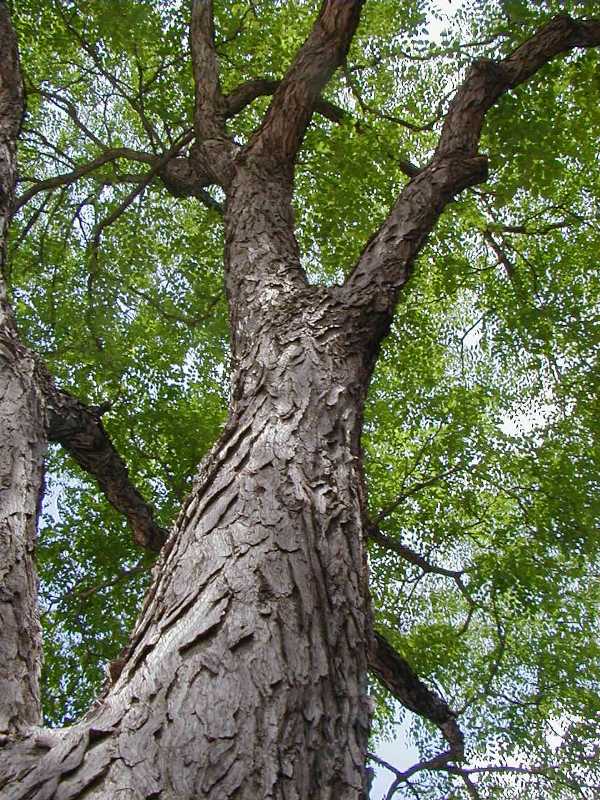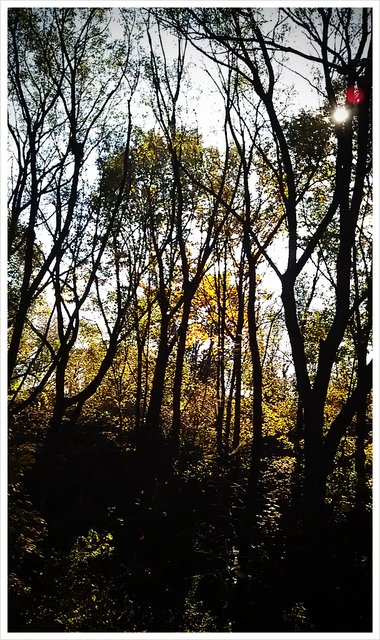Starting out at East Lynn Park, I was warmly greeted by a mixed crowd of local community members, LEAF “groupies”, several Tree Tenders graduates, and the smiling Councillor herself.
We imagined what the canopy might have looked like post-glaciation and explored planting trends that have risen and fallen since the area was first settled. We were surrounded by exemplifiers of the most recent planting trend - native species, including the lovely hackberry (Celtis occidentalis).

Venturing through the neighbourhood, we found some fascinating street trees that were likely planted for their tolerance to urban stresses as much as their quirky aesthetic properties: Kentucky coffeetree (Gymnocladus dioicus) and London plane (Platanus × acerifolia) of course! You’ll notice the bark is a bit different than the average tree on these two species and you can bet your bottom dollar that anytime there’s a coffeetree nearby I’ll make sure we check it out.

We ducked into the Merrill Bridge Park Ravine, which had some great examples of canopy dominators alluding to the area’s historic assemblage so many years ago – those towering sandy-soil-loving oaks the Upper Beaches are still known for today. Of course, the tiny pagoda dogwood (Cornus alternifolia) we stopped at proved itself just as beautiful and important as the majestic oaks and branchy willows that lined the slope.
The time just flew by on such a sunny, colourful day. Freeman maples (Acer x freemanii) seemed as though they were bursting into flames and falling honey locust (Gleditsia triacanthos) leaves provided a sunshine of their own. I love this time of year, and what a great chance to celebrate it. Thanks to everyone who made this occasion a perfect close to the tour season - see you next year!
Jessica Piskorowski is LEAF's Education & Stewardship Coordinator, and one of the main Tree Tour leaders. When she isn't leading groups through the urban forest on tours, you can find her teaching the Tree Tenders Volunteer Training course, planting in our community gardens, taking care of our stewardship sites or working on our workshops and presentations.
